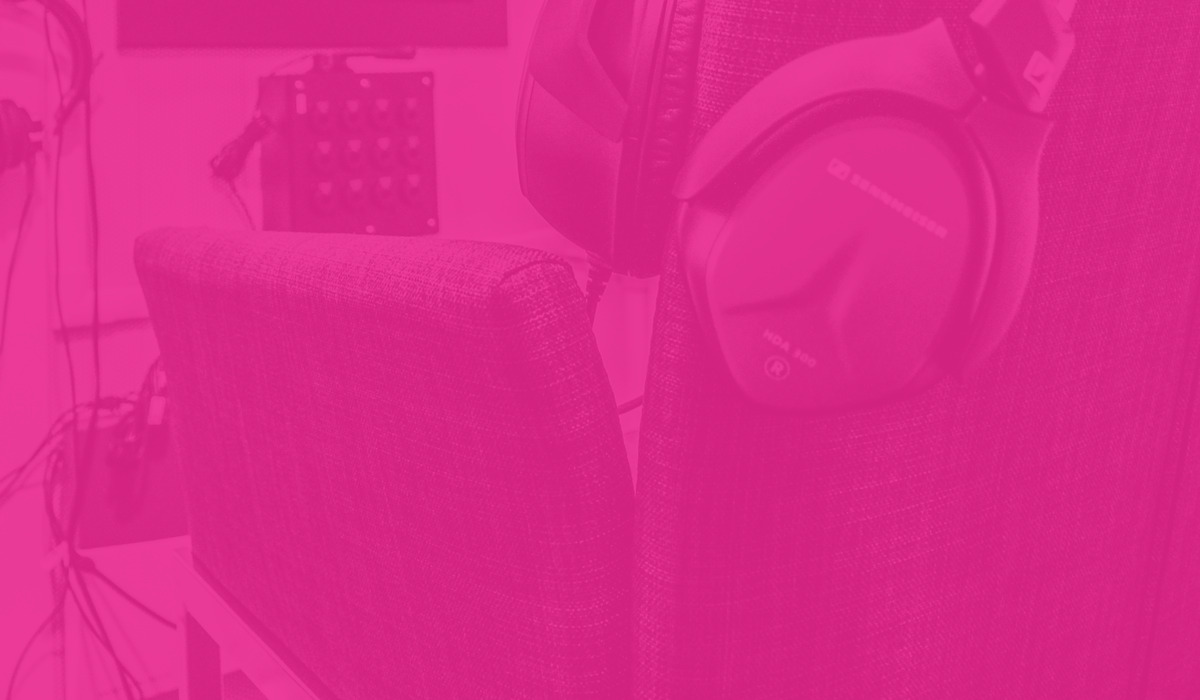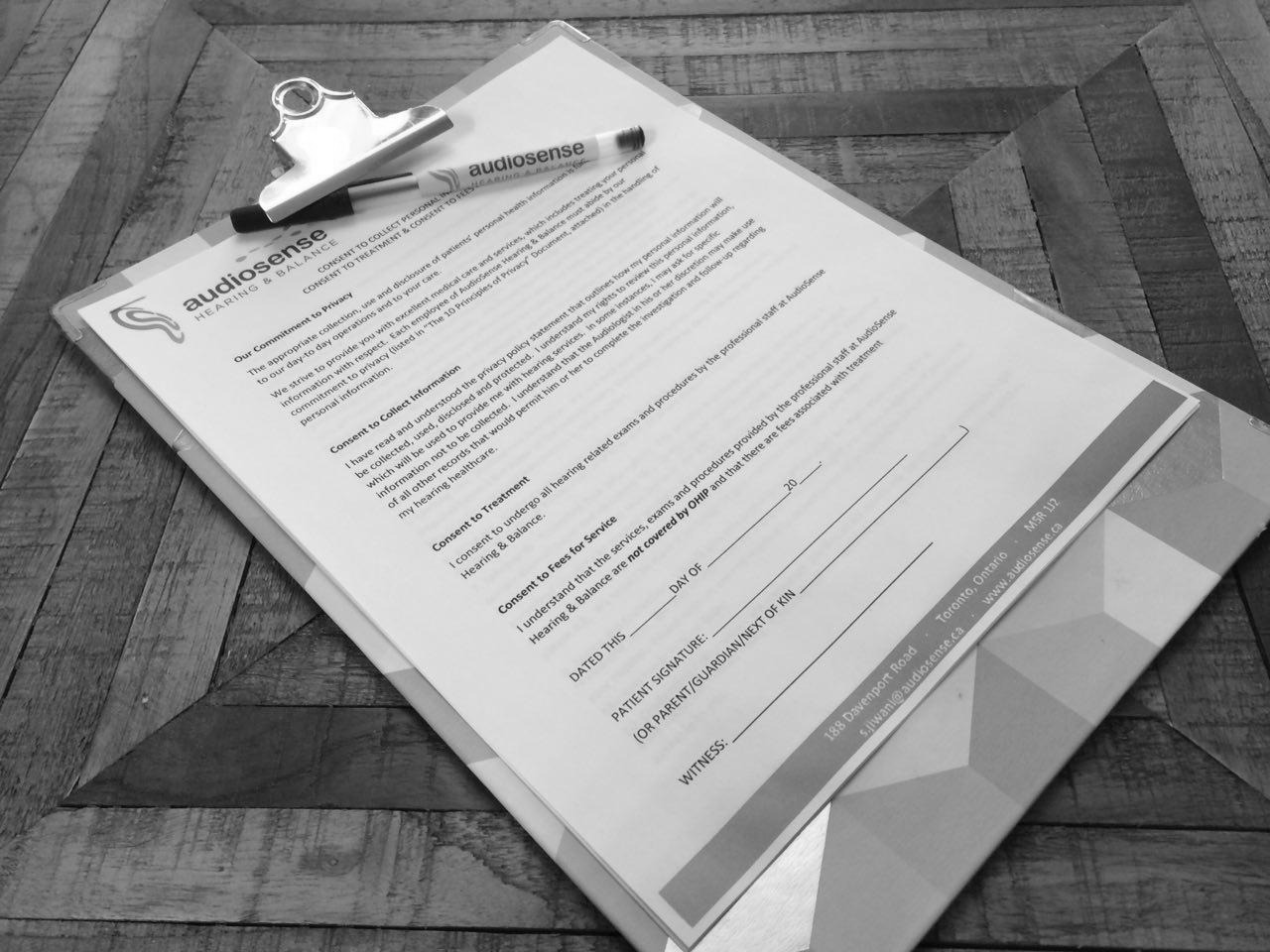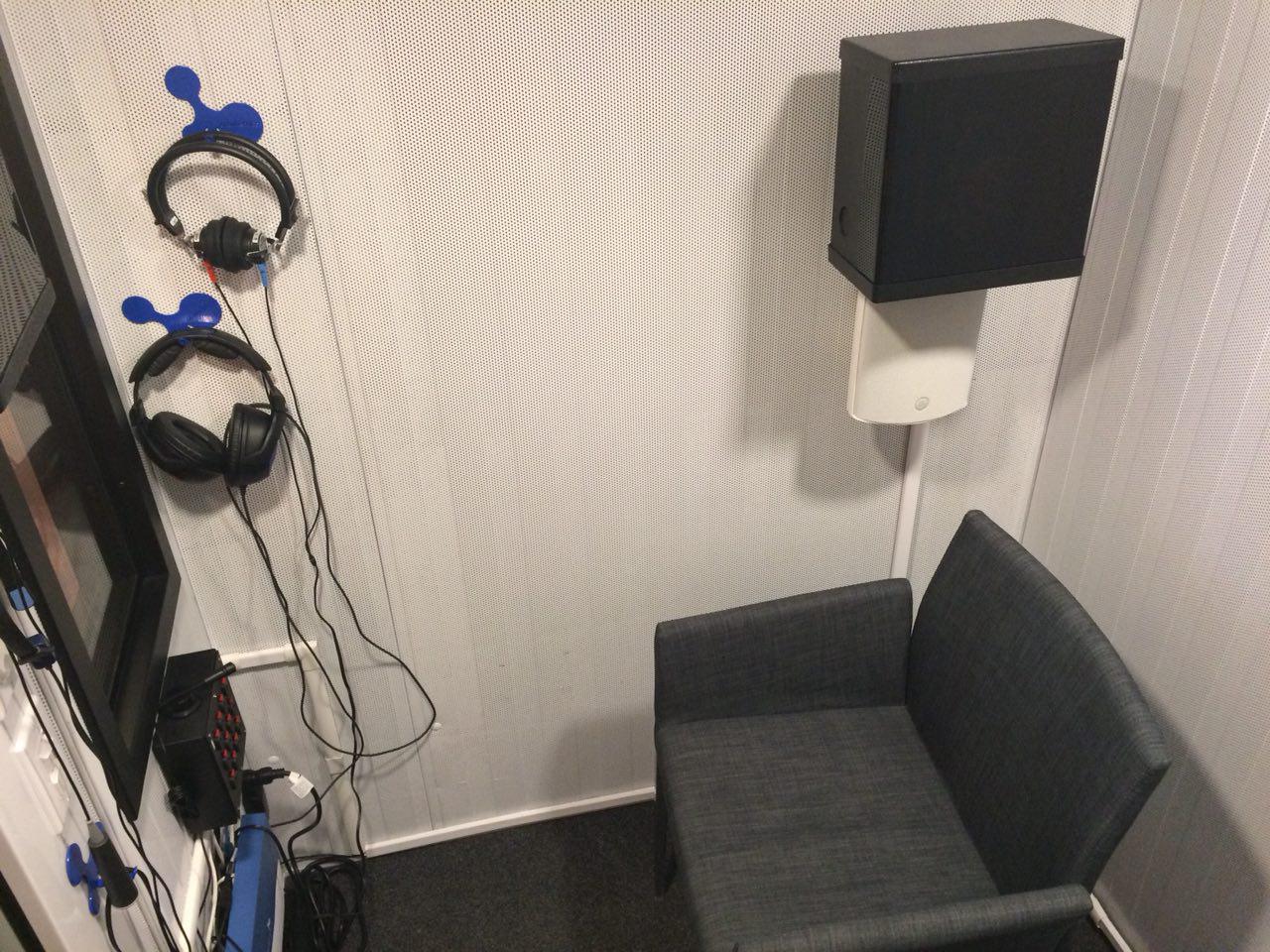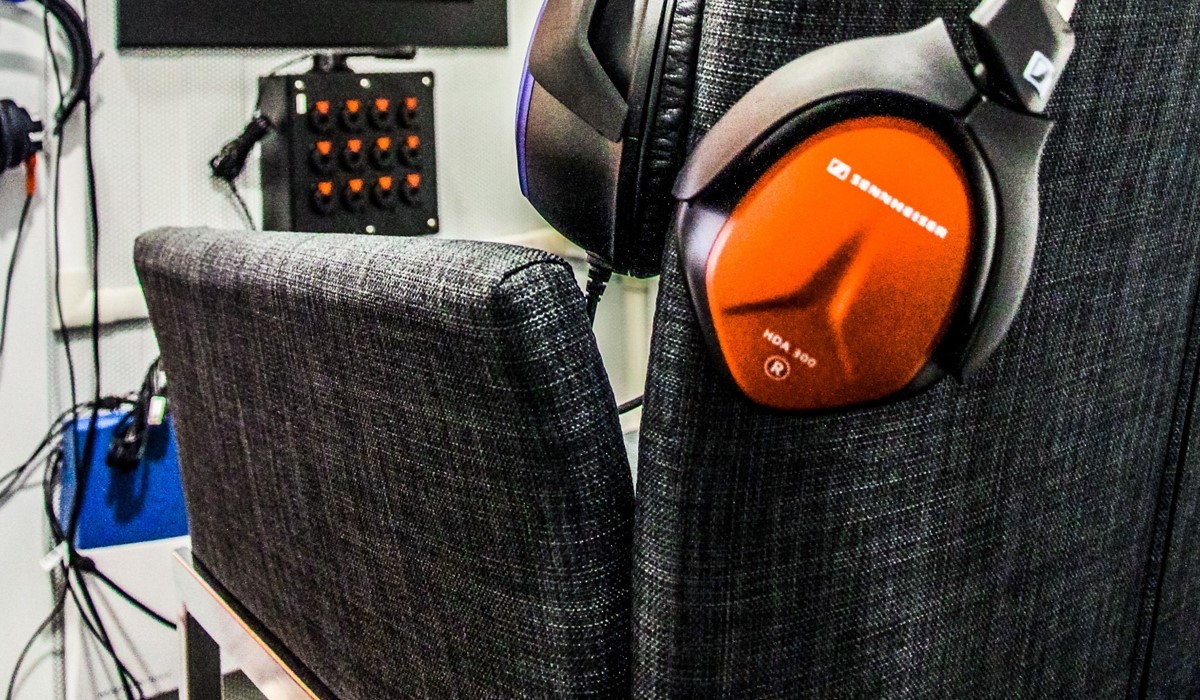Hearing Tests & Audiological Evaluations
We are Audiologists
At AudioSense, all of our testing, consultations, counseling and treatments are done by Audiologists.
We use the latest technology of state-of-the-art digital equipment for all hearing tests. You will even get to see inside your own ears with our video otoscope! What is also extremely unique about our hearing clinic is that our soundproof booth is encased in a glass room, which, in addition to looking nice, makes it a pleasure to have your hearing tested in.We always provide ‘service first’
At AudioSense, we are completely transparent with you. We walk you through every step of every audiogram test.
We schedule our appointments with enough time to cover everything we need together and answer any questions you might have. We have minimal to no wait times, and will always give you a delicious tea, freshly ground coffee, espresso or cappuccino to sip on, to make you feel comfortable while you’re visiting us. Our goal is to give you pleasant experience while we take care of your hearing needs. Making you feel at home during your appointment helps us take the stigma out of hearing loss and put the focus on hearing care.We offer Hearing assessments for individuals of all ages, from infants to the elderly
Our lead audiologist was trained in the audiology department at the Hospital for Sick Children.
We are one of the few family hearing clinics that can do pediatric hearing tests including hearing testing for toddlers, kids and children of all ages. Of course, we are also excellent at working with adults, and the elderly hold a special place in our hearts! For those with mobility problems, we offer home visits on request, but we are also wheelchair accessible. We have portable ramps that we can even place on the street to help you hop/ride the sidewalk and into our doors in a matter of a few wheel strokes!
At AudioSense, we often think of the auditory system like a puzzle
When we do a hearing loss test, we do a complete test battery. This means that we assess all of the different parts and functions of the auditory system. This allows us to put the different pieces of the puzzle together and get the full image of your hearing.We understand each patient is unique and each person’s hearing profile and hearing experiences are different
This means that it’s important for us to do a thorough job to really understand how you hear and offer the best and most appropriate recommendations in terms of next steps, whatever they may be.
We offer complete hearing services including diagnostic hearing testing for hearing loss and tinnitus (i.e., “ringing in the ears”). In fact, our Audiologist is certified to work with Tinnitus Therapy from Widex Zen Therapy. At the end of the appointment, the audiologist will go over the results of the hearing test with you and will discuss next steps, options for intervention if needed, and a follow-up schedule, as necessary. With your permission, we also communicate results of your hearing test with your circle of care (i.e., your doctor).
At AudioSense, we offer audiology tests and assessments for the following hearing-related difficulties, etiologies and risk factors:
- Conductive Hearing Loss due to External Ear or Middle Ear Involvement
- Otitis Externa
- Exostoses
- Otitis Media (i.e., ear infection)
- Perforated tympanic membrane (i.e., hole in the eardrum)
- Ossicular disarticulation
- Otosclerosis
- Sensorineural Hearing Loss
- Presbycusis (age-related)
- Noise-induced
- Ototoxicity
- Acoustic Neuromas
- Auditory Processing Disorders
- Tinnitus, Widex Zen Therapy Certification
- Hyperacusis
- Aided Hearing Tests
- Cochlear Implant Aided Testing
What are the steps in a hearing test and assessment?
The auditory system is fascinating. It is fascinating, because it is made up of all different parts, each of them having a specific function, that starts with our ears and ends with our brain.

At AudioSense, we often think of the auditory system like a puzzle. When we do a hearing test, we do a complete test battery. This means that we do an assessment of hearing impairment of all the different parts and functions of the system. This allows us to put the different pieces of the puzzle together and get the full image of your hearing.
It is important to remember that each person is unique and each person’s hearing profile and hearing experiences are unique. This means that it’s important for us to do a thorough job to really understand how you hear and offer the best and most appropriate recommendations in terms of next steps, whatever they may be.
First, we start with a questionnaire that we ask you to fill out.

This helps us gather information about your hearing health and your hearing history. Second, the audiologist will use a video otoscope to look inside your ear canal and inspect the eardrum. With our equipment, you will get to see inside your own ears, because we project what we see through the otoscope onto a screen.
Next, we assess the health of your middle ear.
Did you know that your middle ear cavity starts with the eardrum (scientific term for this is the tympanic membrane) and is an air-filled cavity that houses the 3 smallest bones in your entire body? Those three bones together make up the ossicular chain. The bones are called by their Latin names as the malleus, the incus and the stapes, but you might have heard them referred to as the hammer, the anvil and the stirrup. They were given these names because of their distinctive shape. We use a machine called an impedance bridge to measure the movement of the eardrum. This test is called a tympanogram. With this test, we put a small earplug into your ear canal and send a little bit of pressure which makes the eardrum move back and forth. You will feel a little bit of air, as if someone is blowing into your ears. This test is extremely quick and doesn’t hurt – even babies don’t mind it! Using this same machine, we also make sure those little bones in the middle ear are working the way they’re supposed to. The job of these little bones is to contract in response to loud sounds to protect our inner ear from damage. We test for this by sending in loud beeps in the ear and we look for them to respond on the computer.
Finally, the next test that we do is what we consider the “pièce de résistance”.
This test is a measure of your hearing acuity. We call this test an audiogram hearing test. To assess this, you will be seated in a soundproof booth.

If you don’t like small spaces or sometimes get claustrophobic, don’t worry. We built our booth in a glass office, specifically to make it feel comfortable and airy, and our patients tell us that it helps them a ton! Plus, it’s pretty! The audiologist will place foam earphones into your ears and will test the levels at which you hear sounds.

We typically start with words. We present words to you. Sometimes, the words will be nice and loud. Other times, they will be extremely soft. Your job is to simply repeat what you hear, even when the words go down to a whisper and you can barely identify what is being said to you. The next test that we do is the beeps test. With this test, you will hear beeps in each of your ears. The beeps will change in pitch and loudness and they will get gradually softer and softer. Again, your job here will be to simply let us know when you hear a beep. Based on your responses, we graph the results of your hearing test. This graph is called is an audiogram. It tells us what your hearing threshold is for sounds of different pitches. Your hearing threshold is the softest sounds that you can hear. In children, we do the same test to get the same measures, but when we can’t get the earphones on, then we use speakers in the sound booth and toys to encourage responses to the sounds that they hear.
There is quite an art involved in doing these hearing tests, but we’re very good at it and they give us a ton of information about your hearing.
When your hearing is tested, the audiologist puts all of the ‘pieces of the puzzle’ together, and goes over the results with you. We teach you how to read the audiogram and show you what your hearing is like. We find that this also helps to empower you to truly understand how your ears and your brains work together to hear the different sound of the world.
For those individuals who suffer from tinnitus (i.e., ringing in the ears) or need more advanced auditory processing testing, there is a bit more that’s involved.

